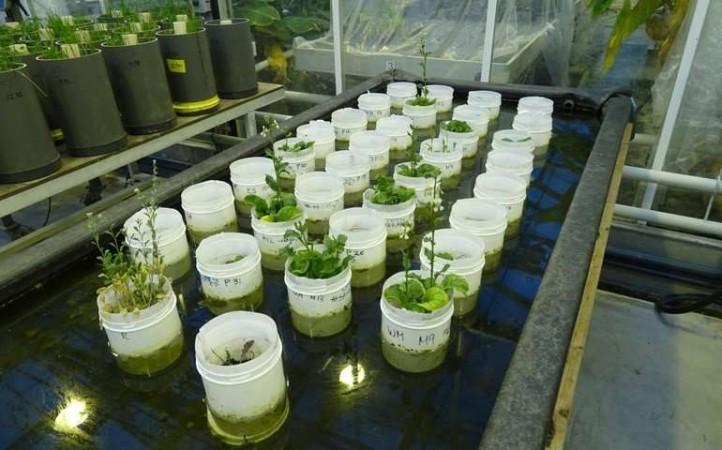
Plants make up for about 82 percent of all life on Earth and a massive 85 percent of plant life is in the oceans. That means a major percentage of life manages to almost entirely survive on photosynthesis—a procedure through which light energy is transferred into chemical energy and helps plants produce oxygen.
Scientists have now stumbled upon a whole new type of photosynthesis that uses low energy in the near-infrared spectrum that is used by plant life deep in the ocean where sunlight cannot permeate in the depths. This could be one way to populate a planet like Mars that receives much less sunlight and light energy than Earth, it being much further away. The study was undertaken by a team from The Australian National University (ANU) and collaborated with researchers from France, Italy and aided London's Imperial College, which led the study, according to a release by the ANU.
The photosynthesis in question is carried out by Cyanobacteria, which is among the world's largest groups of bacteria. Scientists believe that it has been on Earth for over 2.5 billion years now.
"This might sound like science fiction, but space agencies and private companies around the world are actively trying to turn this aspiration into reality in the not-too-distant future," said Professor Krausz, a co-author on the paper from ANU.
"Photosynthesis could theoretically be harnessed with these types of organisms to create air for humans to breathe on Mars," he explained.
"Low-light adapted organisms, such as the cyanobacteria we've been studying, can grow under rocks and potentially survive the harsh conditions on the red planet."
The release notes that traces of cyanobacteria have actually been found on the outer surfaces of the ISS, that means it could be hardy enough to survive on Mars as well.
"Low-light adapted cyanobacteria could be used to colonise Mars and other planets, to produce oxygen and create a biosphere," said Krausz.
This study was first published in the journal Science.














